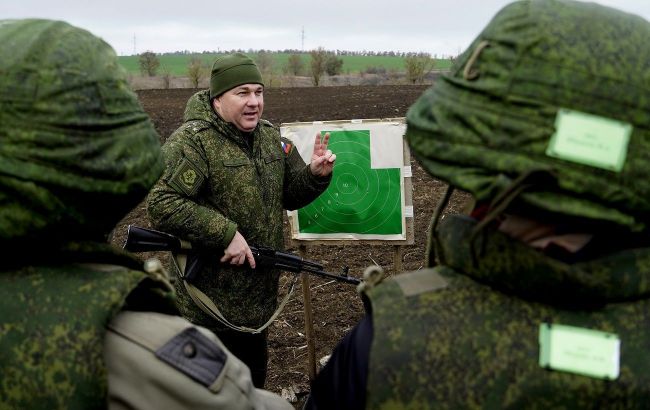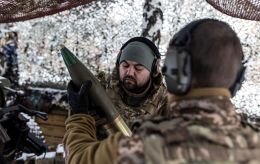Bryansk, Kursk, Belgorod regions introduce counterterrorism operation regime due to threat from Ukraine
 A counterterrorism operation regime has been introduced in three regions of Russia (photo: Getty Images)
A counterterrorism operation regime has been introduced in three regions of Russia (photo: Getty Images)
A counterterrorism operation (CTO) regime has been implemented in the Bryansk, Kursk, and Belgorod regions of Russia. Moscow cites an increased threat from Ukraine as the reason for these measures, according to the Russian National Anti-Terrorism Committee (NAC) and Acting Governor of Kursk Region, Alexei Smirnov.
Bryansk region
The Russian side reports that the decision to implement the CTO regime in the Bryansk Region was made by the local FSB office, led by Major General S.V. Voronin.
The CTO regime in Bryansk Region is set to start at 11:00 PM on August 9, with no specified end date.
The NAC's statement cites increased levels of sabotage and terrorist threats from Ukraine as the reason for these measures.
Additionally, the announcement includes notifying interacting security forces and local authorities in the region.
Kursk region
Similarly, the authorities of the Kursk region have also announced the implementation of the CTO regime in the area for comparable reasons.
"By the decision of the National Anti-Terrorism Committee, due to the increased level of sabotage and terrorist threats from Ukraine, the CTO regime has been introduced in the Kursk region," the Kursk governor posted on Telegram at 00:40.
Belgorod region
The Russian NAC has also announced the implementation of the CTO regime in the Belgorod region.
The NAC statement describes an unprecedented attempt by Ukraine to destabilize the situation in several regions of Russia.
The committee notes that additional measures are being introduced in the three regions to enhance anti-terrorist security.
Situation in Russia's Border regions with Ukraine
All three regions where the CTO regime has been introduced - Bryansk, Kursk, and Belgorod - border Ukraine to the northeast. From these areas, Russian forces regularly launch strikes on Ukrainian territory and serve as logistical hubs for the militaries.
Previously, Russian authorities in these border regions initiated the creation of fortifications and defensive lines, scaring residents with the possibility of a Ukrainian attack.
In these Russian regions, there have long been reports of aerial attacks from Ukraine, including hits on Russian military facilities, weapon depots, airfields, refineries, and bases. There have also been occasional cross-border raids.
Unofficial reports suggest that in recent days, Russian authorities may have lost control over several settlements and around a hundred square kilometers in the Kursk region, including the city of Sudzha.
For a detailed account of the situation in the Kursk region, where a breakthrough is reported, and the withdrawal of Russian troops for Kursk’s defense, read the article by RBC-Ukraine.

